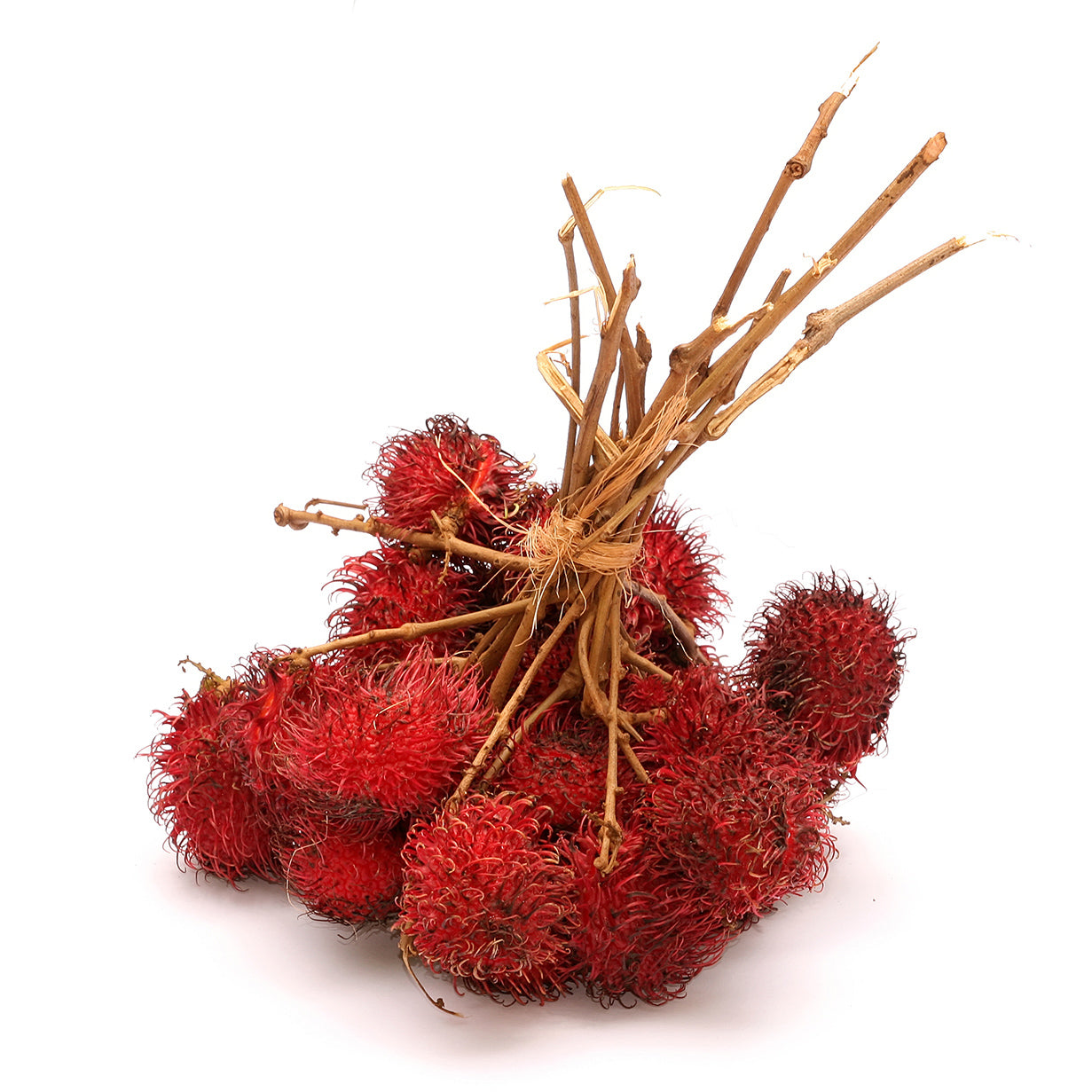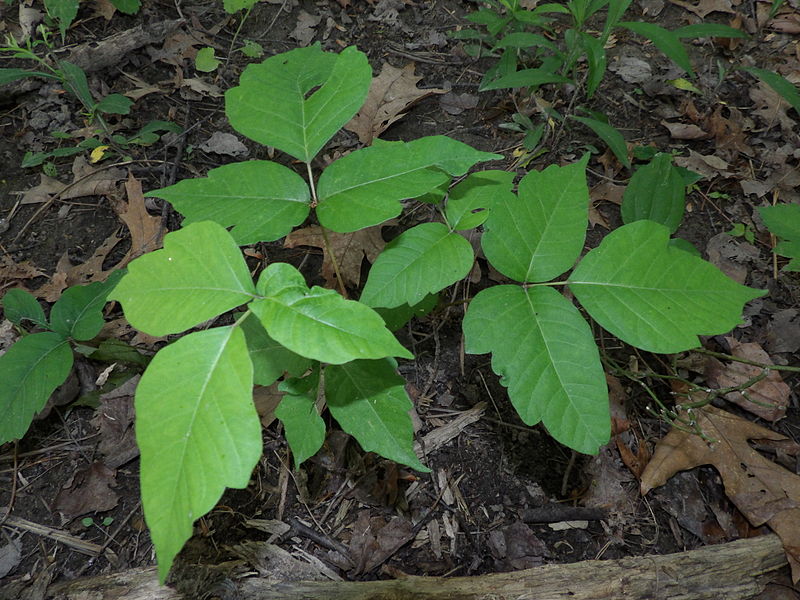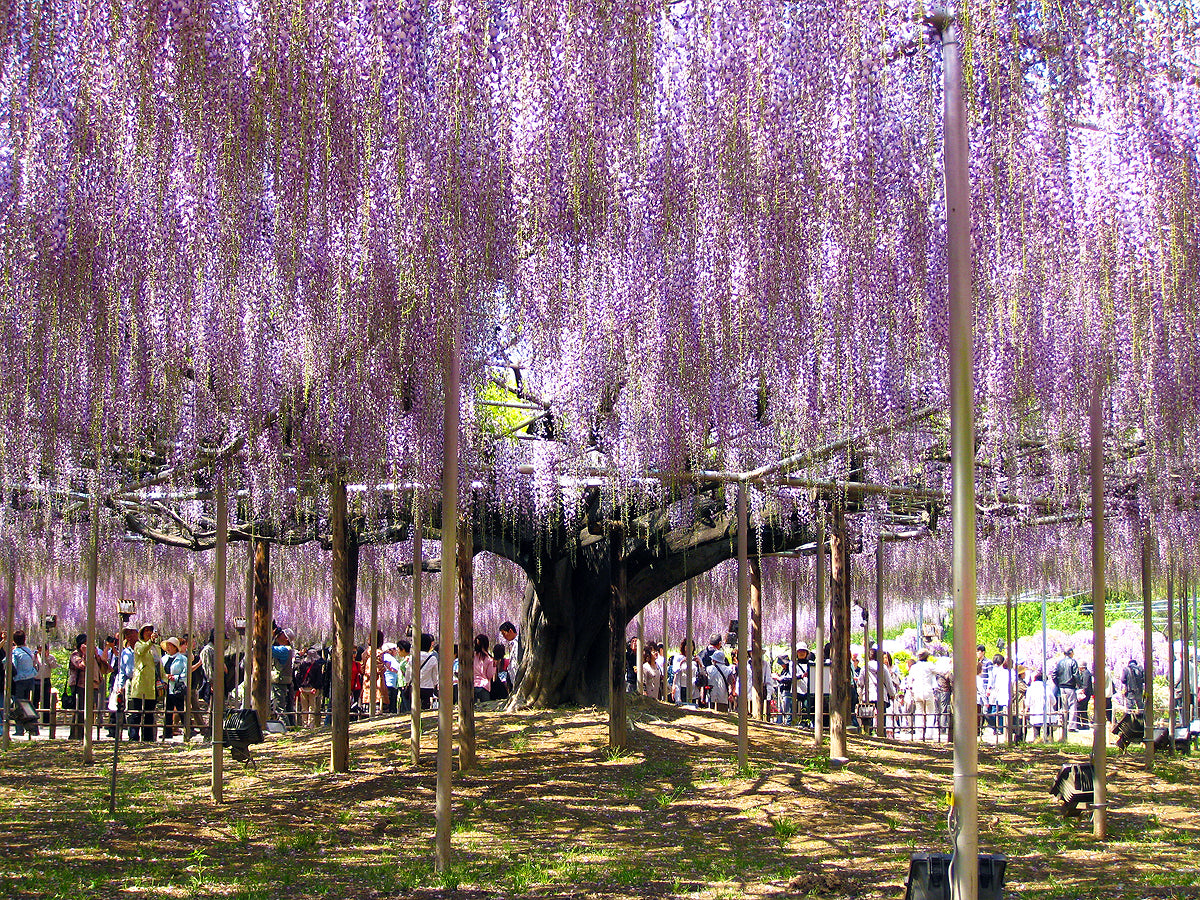
Tropical Wild Edibles - Rambutan
Botanical name: Nephelium lappaceum
Common names: Rambutan,
Physical Appearance: A medium sized tree growing up to 20 metres in height. An evergreen with alternating pinnate leaves which can grow up to 20cm in length. The flowers of the Rambutan are very small and delicate and are a light yellow/green colour. Interestingly, the Rambutan tree can be either male, female or hermaphrodite. With only the female producing fruiting bodies.

Natural habitat: The Rambutan is said to have originated in the region of Malaysia and Indonesia. They have been widely distributed in the 19th and 20th centuries as a commercial crop but before this, they were introduced to the African continent by Arabic traders in the 13th and 14th centuries. This also extended to some parts of India. Most recently, there were alsop some attempted introductions in the U.S. which were largely unsuccessful apart from in Puerto Rico and other parts of South America.

Point of interest: The Rambutan is closely related to the Lychee, the Longan, the Pulasan and Momoncillo. The name “Rambutan” is derived from the word “hair” in the Malay language. In Vietnamese they are chom-chom meaning “messy-hair”, obviously a reference to their hair like appearance.

Rambutan consists of approximately 78% water, 21% carbohydrates, 1% protein.
Photos courtesy of
Ecoripe, Kinglaw and Muhammed Mahdi Karim (GFDL 1.2) via Wikipedia Creative Commons Attribution


